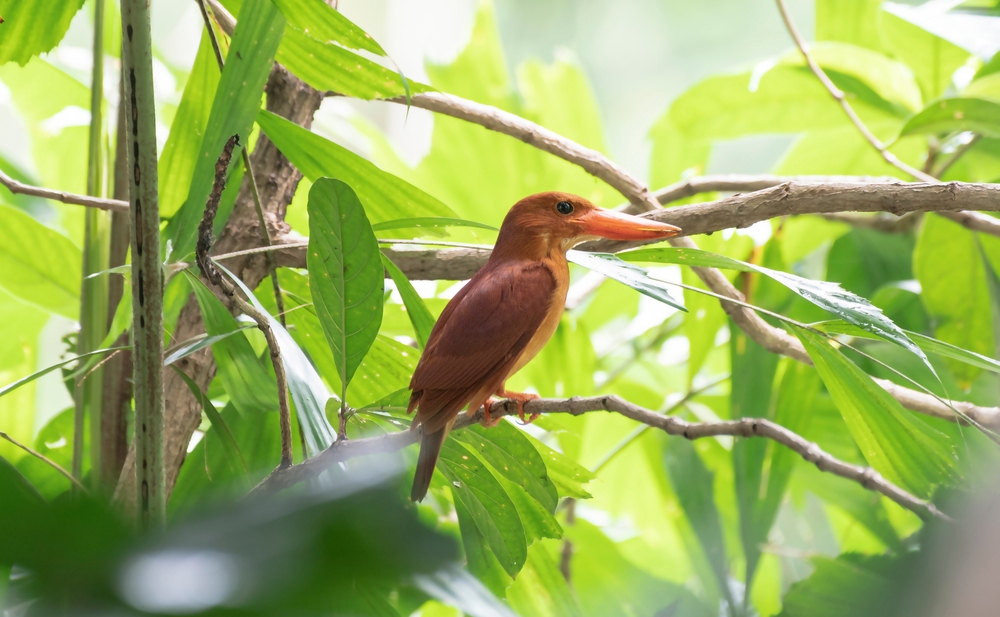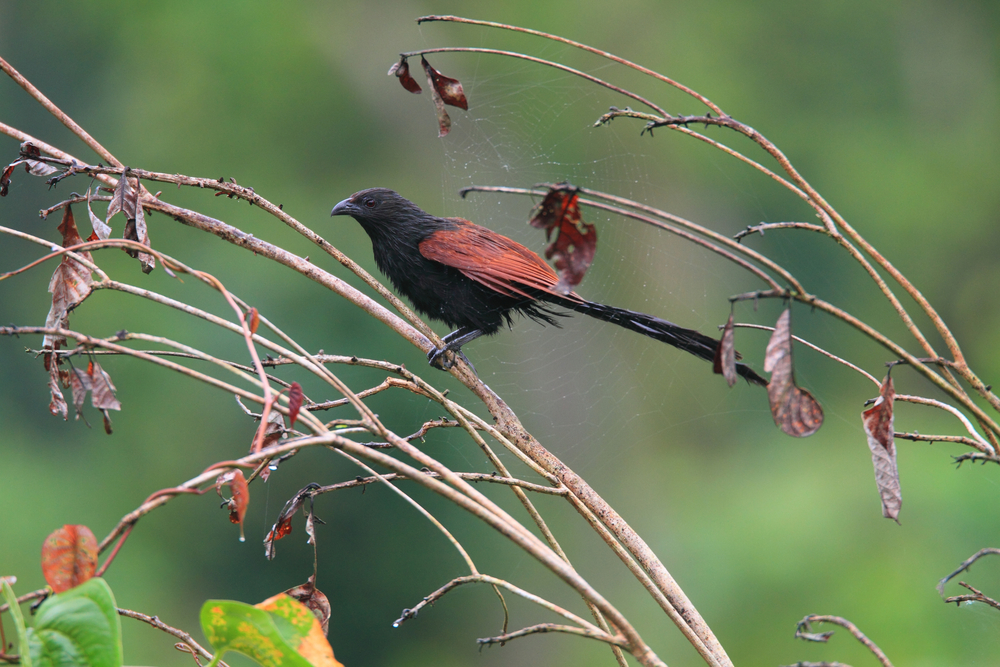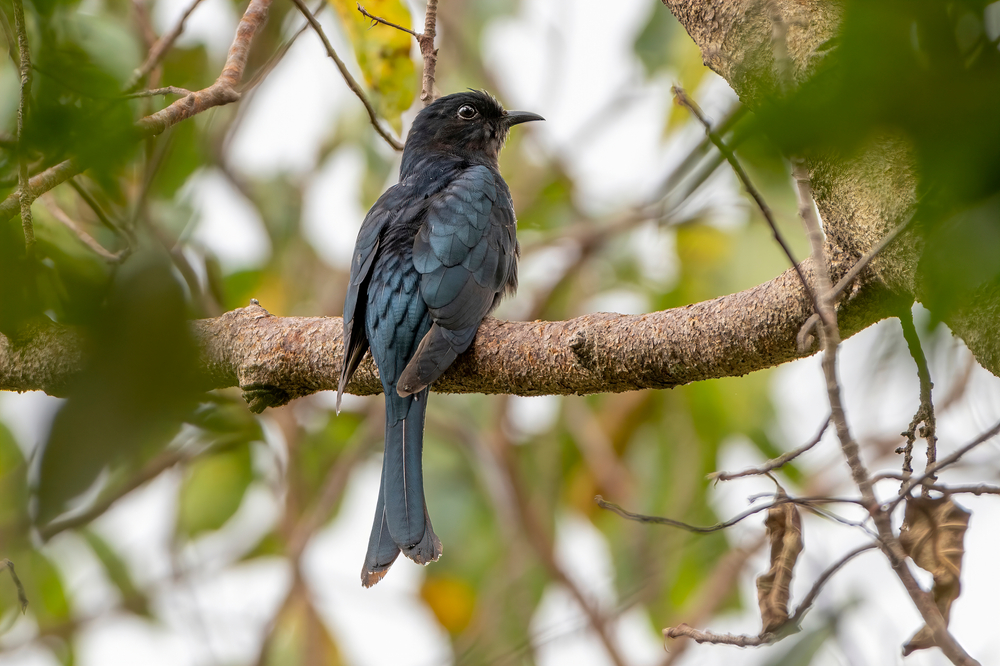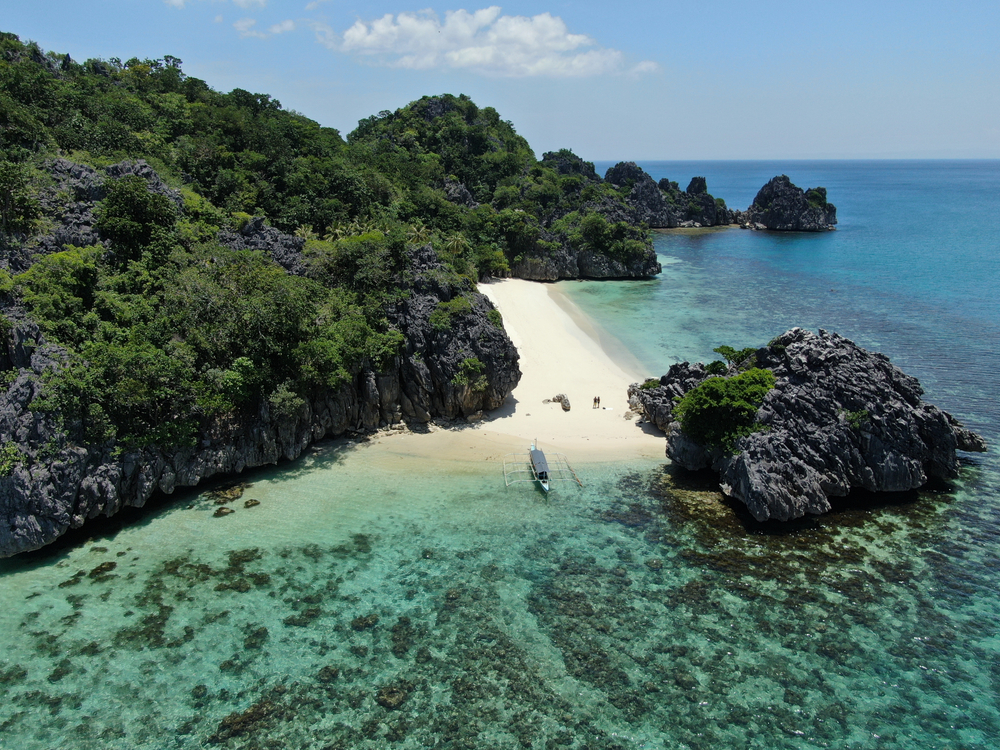Libmanan Caves Overview
Libmanan Caves National Park, known in Filipino as Pambansang Liwasan ng Libmanan Caves, is a fascinating karst landscape and forested protected area located in the municipality of Libmanan in the province of Camarines Sur, within the Bicol Region of the Philippines.
Covering approximately 5.4 square miles (14 square kilometers), the park was declared a national park in 1934 and is one of the earliest recognized cave systems under protection in the country. It is most renowned for its extensive network of limestone caves, underground streams, and unique cave-dwelling wildlife, all set within a lush, lowland tropical forest.
The terrain of the park is rugged and primarily composed of limestone hills, sinkholes, and underground river systems. The dominant feature is the Libmanan Cave System, a complex and partially unexplored series of subterranean chambers and passages carved through the soft limestone by centuries of water flow.
Surrounding the caves, the land is covered with secondary forest and patches of bamboo, along with a variety of shrubs, ferns, and vines. Small streams, forest trails, and narrow ravines cut through the landscape, offering a blend of adventure and serenity in a naturally sculpted environment.
The park supports a range of native and specialized wildlife, especially species adapted to cave and forest habitats. Inside the caves, colonies of insectivorous bats are commonly found, playing a key ecological role in insect control and seed dispersal. Swiftlets, known for their nests used in traditional delicacies, also inhabit the cave ceilings.
In the surrounding forest, small mammals such as civet cats, Philippine long-tailed macaques, and squirrels may be seen, particularly in the early morning or late afternoon. Reptiles, frogs, and various insects thrive in the moist and shaded areas near the cave entrances and along the forest floor.
The most popular feature of Libmanan Caves National Park is its namesake cave system. Among the best-known caves is the Colapnitan Cave, reputed to be the largest in the park and one of the longest in the Bicol Region.
With its towering chambers, impressive rock formations, and subterranean streams, the cave offers a captivating environment for spelunkers, researchers, and nature enthusiasts. Stalactites and stalagmites line the chambers, and some sections remain unexplored, giving the site an air of mystery and scientific intrigue.
Visitors can engage with the park primarily through caving, nature hiking, birdwatching, and educational tours. Guided cave explorations are available for certain sections, especially those deemed safe and accessible, while surrounding trails allow visitors to enjoy the forest scenery and observe native wildlife.
The park also hosts community-based tourism initiatives that provide environmental education and promote conservation awareness among local students and visiting groups.
Conservation challenges in the park include threats from illegal extraction of guano (bat droppings), unauthorized cave access, and forest degradation from nearby land use.
Despite these pressures, local authorities, environmental organizations, and community groups have made strides in protecting the area through regulated tourism, public awareness campaigns, and preservation of cave integrity.
The park’s role as a natural laboratory and ecotourism site continues to grow, reinforcing the importance of safeguarding this underground and forested wonder.
Park Map
Libmanan Caves National Park Highlights
Share your clicks with us
Related National Parks More Philippines

Lake Butig National Park

Fuyot Springs National Park

Tubbataha Reefs National Park

Kuapnit Balinsasayao National Park

Guadalupe Mabugnao Mainit Hot Springs National Park

Cassamata Hill National Park

Caramoan National Park

Puerto-Princesa Subterranean River National Park

Balbalasang-Balbalan National Park











































































